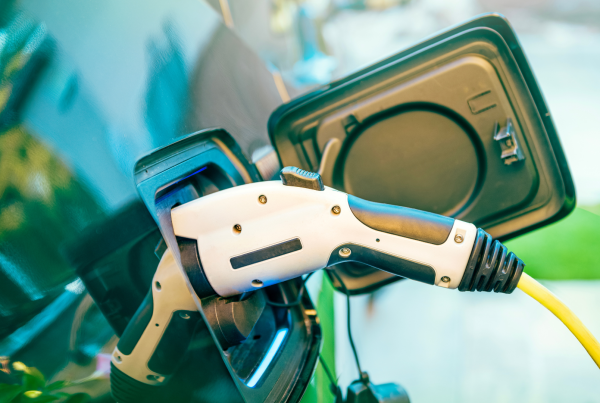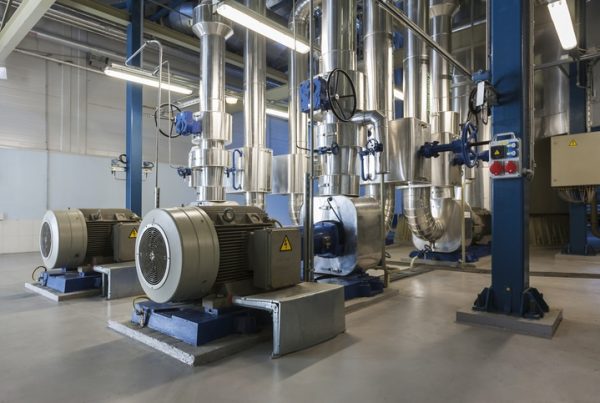Electric motors convert electrical energy from a direct electrical connection or stored power source into mechanical energy. To do this, they rely on the generation of rotational force. There are two key types of electric motors: AC electric motors and DC electric motors. These motors are powered by alternating current and direct current respectively. Here are some of the additional differences between AC motors and DC motors.
AC Motor vs. DC Motor
Efficiency
AC motors don’t do as well in terms of efficiency, particularly when compared to DC motors. There are a couple of reasons for this.
First, AC motors go through slip – the difference between the speed of the revolving magnetic field in the stator and the rotor speed. Even though slip is important for generating torque, it is associated with copper losses or power losses that involve heat.
Second, the stator in AC motors uses electromagnets, consuming electricity, while DC motors use permanent magnets.
Performance
Speed control is one of the key differences between DC and AC motors.
With DC motors, you can modify the supply voltage, controlling the speed. They are very sensitive to load changes, but they offer a regular and constant amount of torque. So they are often used in situations where the load doesn’t fluctuate much and fine speed control is a greater priority.
AC motors run per the AC supply’s frequency and oppose variations in the speed, regardless of the load fluctuations. They are perfect for scenarios where the motor speed ranges between slow and medium and stays constant while the motor’s load changes. This makes them useful in heavy-duty industrial applications that have continuous speed.
Motor Design
The stator and rotor are the standard components in an electric motor. They use an electromagnetic field to interface and produce torque and rotation.
In DC motors, the commutator supplies the DC current to a spinning armature. The magnetic field of the stator is stationary and electromagnets or permanent magnets can be used to supply it.
The AC current is supplied to the stator in an AC motor. Even though the stator stays stationary, this current generates a magnetic field that revolves per the AC current’s frequency. The electromagnetic process of induction is used to induce a magnetic field, producing torque and rotation.
AC and DC Motor Applications
AC motors are more often used in the following fields:
- Transportation equipment
- Irrigation and hydraulic pumps
- Air conditioners and fans
- Conveyor systems
- Computers
- Compressor drives
- Home appliances
DC motors are more often used in the following fields:
- Warehouse sorting devices
- Machinery where it’s neccesary to have constant and high power need
- Production and industrial units
If you don’t know which of these motors is best for you or have more questions about AC and DC electric motors, send us a message. Our electrical experts will review your needs and help you find the right electric motor for the job.




